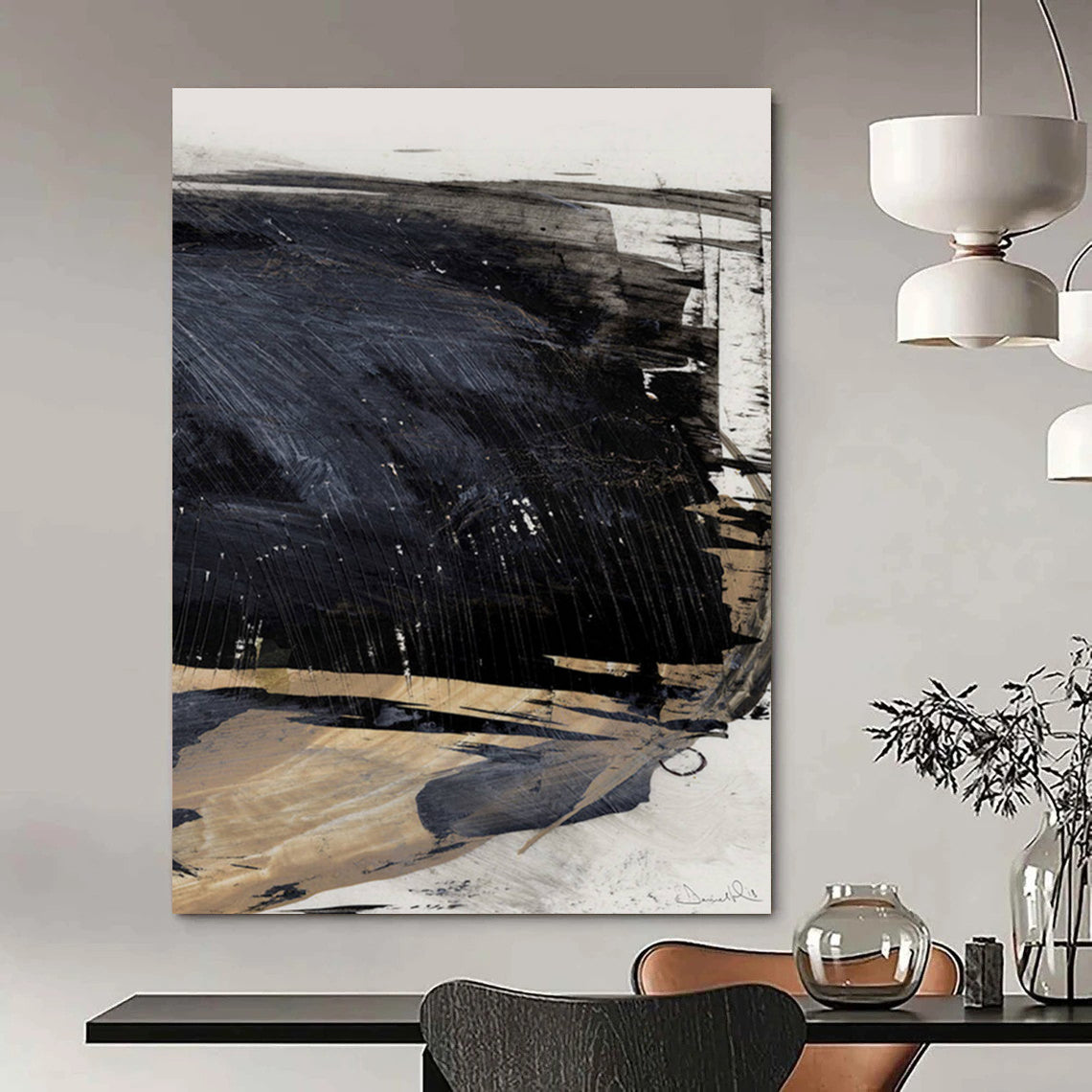Gray Abstract Art occupies a distinctive place within contemporary and modern artistic practice, offering a sophisticated exploration of form, texture, and emotion through its nuanced use of gray tones. This genre transforms the traditionally “neutral” color gray into a powerful medium that balances between light and shadow, simplicity and complexity. For those intrigued by this evocative style, a curated selection can be found at Gray Abstract Art, featuring works that highlight gray’s rich potential in abstract expression.
Gray’s unique position as a shade between black and white endows it with a subtle complexity that abstract artists have long appreciated. This muted palette provides a quiet but compelling framework that focuses attention on texture, shape, and composition rather than on vivid color. The appeal of gray abstract art lies exactly in this capacity to evoke mood and intellectual engagement without overwhelming the senses.
The historical role of gray in abstract art has been significant but often underappreciated. Pablo Picasso’s Guernica famously used gray and monochromatic tones to solemnly depict the tragedy of war, showcasing gray’s power to convey deep emotional and political meaning without the distraction of vibrant colors. In the abstract art canon, gray has served as a catalyst allowing artists to investigate the very nature of painting — as art historian Frances Guerin explains, artists like Mark Rothko, Jackson Pollock, and Agnes Martin manipulated gray’s intrinsic complexities both as a color and a conceptual medium to ask: What is art.

Wassily Kandinsky, a pioneer of abstraction, pushed beyond representational forms to communicate spirituality and emotion through shapes and colors, often incorporating muted tones that parallel the contemplative qualities of gray abstract art. Mark Rothko’s later works, especially his “Black on Gray” series, use varying shades of gray to construct immersive and meditative fields of color that elicit profound emotional responses.
Pierre Soulages, known for his “outrenoir” or “beyond black” series, explores the depths of black and gray surfaces, harnessing texture and light reflection to create dynamic, tactile experiences that redefine monochrome abstraction.
Gray abstract art also integrates seamlessly with contemporary interior design trends. It enhances modern spaces by adding understated elegance and rich texture, perfect for minimalist or industrial décors where bold colors might overpower. According to a detailed review on integrating abstract art with home design, gray abstract pieces offer versatility and sophistication, harmonizing with soft neutrals and serving as striking focal points that draw the eye gently rather than demanding attention.
For further reading and inspiration on the significance and integration of gray abstract art, the following high-authority articles provide profound insights:
Here's Some Soothing Grey Abstract Art For Your Wall – Ideelart discusses gray’s unique role and features works by key abstract artists.
Understanding Abstract Art and Its Emotional Impact – Artsy explores the broader abstract art movement and its expressive intent.
How Abstract Art Transforms Spaces – Architectural Digest highlights how abstract artwork complements modern interiors.
Elevate Your Grey Walls with Abstract Art – Stone & Gray offers practical advice for home decoration using gray abstract art.
Creative Inspiration for Using Abstract Art on Grey Walls – Abstract House provides contemporary strategies for styling gray abstract pieces.
These resources together create a comprehensive picture of how gray abstract art encapsulates both historical significance and modern relevance.
Featured Artworks and Artists
Wassily Kandinsky – Composition VII (1913)
Kandinsky’s vibrant yet often muted abstract compositions broke traditional artistic norms and conveyed emotional resonance through form and color.
Mark Rothko – “Black on Gray” series
Through vast fields of gray, Rothko invites viewers into contemplative spaces of depth and subtle emotional power.
Pierre Soulages – Outrenoir Paintings
Soulages’ innovative use of black and gray textures emphasizes the reflective qualities of monochrome abstraction and redefines light and shadow.
FAQ
What characterizes Gray Abstract Art?
Gray Abstract Art uses shades of gray in abstract compositions to emphasize form, texture, and emotional depth, avoiding bright colors to produce a contemplative and sophisticated aesthetic.
Who are the main artists related to gray abstract art?
Artists such as Pablo Picasso (notably Guernica), Wassily Kandinsky, Mark Rothko, and Pierre Soulages have influenced or created impactful works involving the use of gray tones in abstract art.
How does gray abstract art fit in home decor?
Its neutral and versatile palette makes it ideal for modern, minimalist, and industrial interior designs, providing elegant visual interest without clashing with existing color schemes.
Where can I purchase high-quality gray abstract art?
A wide variety of contemporary pieces can be found at Gray Abstract Art, offering original and sophisticated artworks.
What emotional effect does gray abstract art evoke?
Gray tones in abstract art often evoke calm, introspection, and a focused appreciation of form, inviting viewers to experience nuanced emotional and intellectual responses.

